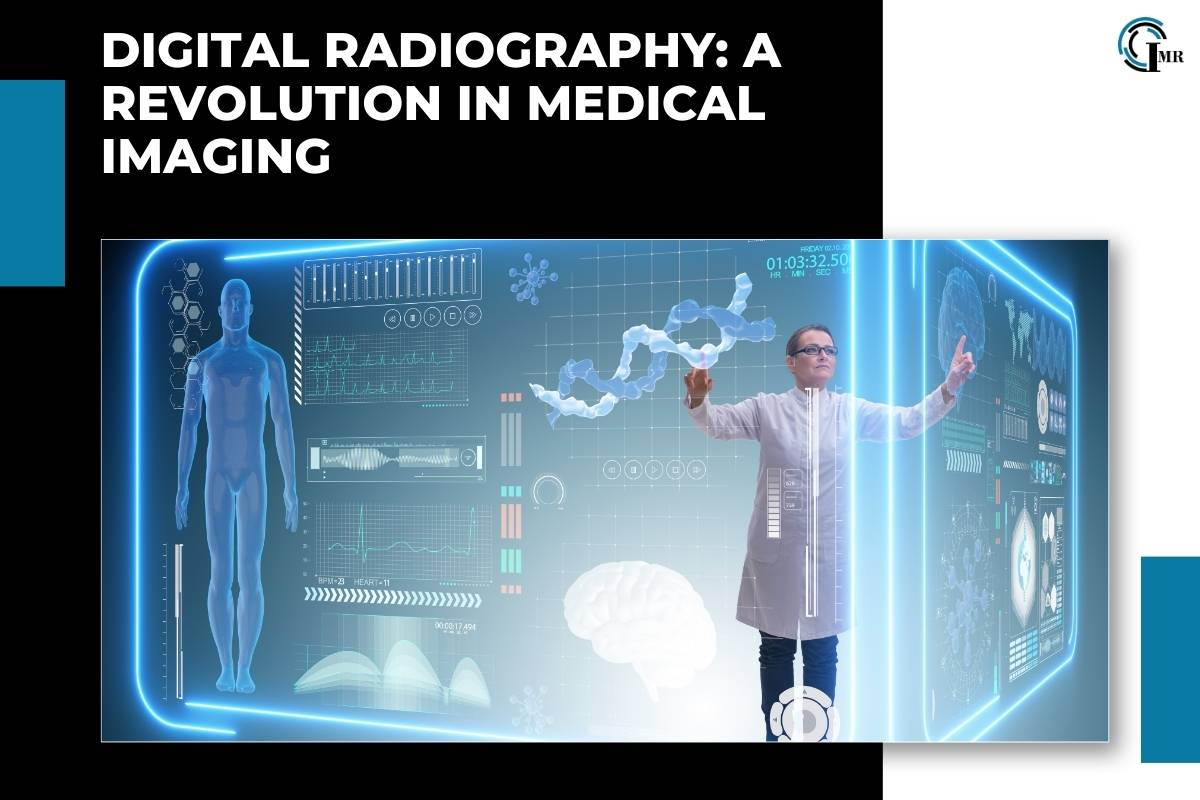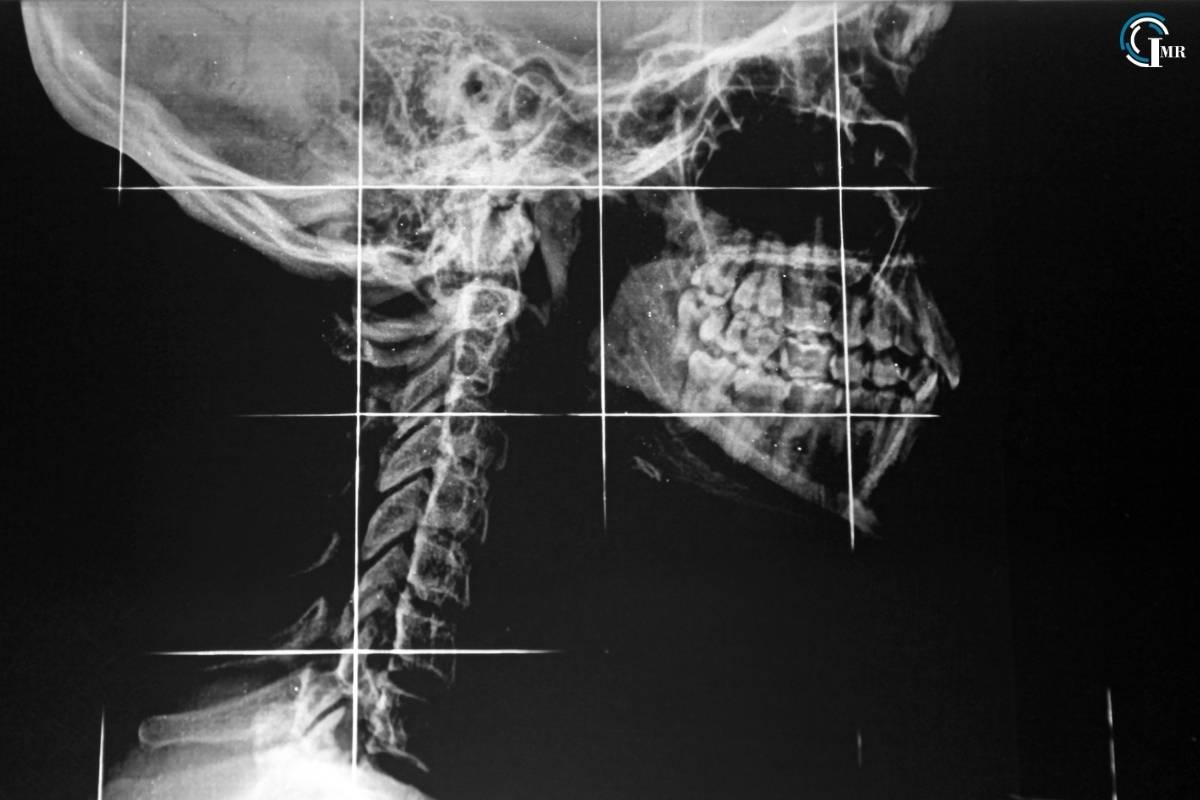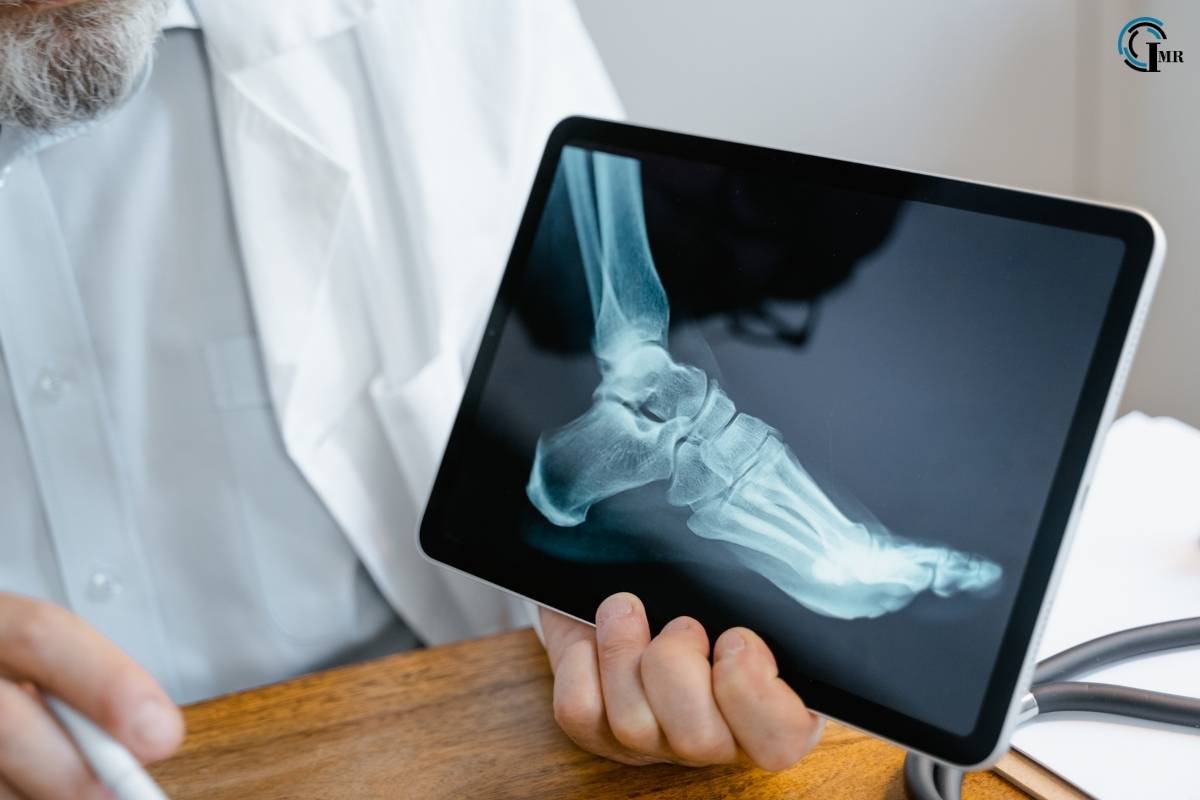Digital Radiography: A Revolution in Medical Imaging
Digital Radiography: A Revolution in Medical Imaging
Blog Article
Digital Radiography: A Revolution In Medical Imaging

The medical field has witnessed significant technological advancements over the past few decades, with digital radiography (DR) standing out as one of the most transformative innovations. This technology has revolutionized the way radiographic images are captured, processed, and interpreted, offering numerous benefits over traditional film-based methods. This article explores the mechanics, benefits, applications, and future of digital radiography, highlighting why it has become an indispensable tool in modern healthcare.
Understanding Digital Radiography
It is a form of X-ray imaging where digital X-ray sensors are used instead of traditional photographic film. The core principle remains the same: X-rays pass through the body and are captured to create an image. However, instead of capturing these images on film, digital radiography uses digital detectors to convert the X-ray photons directly into electrical signals. These signals are then processed and displayed on a computer screen almost instantaneously.
There are two main types of radiography systems:
Computed Radiography (CR): This system uses photostimulable phosphor plates to capture the X-ray image. These plates are then scanned by a laser to convert the stored energy into a digital image.
Direct Radiography (DR): In this system, the X-ray photons are directly converted into electrical signals using flat-panel detectors. This method is faster and more efficient than CR, providing higher image quality and immediate results.
The Mechanics of Radiography
The process of digital radiography involves several key steps:
X-ray Generation: An X-ray machine generates X-rays that pass through the patient’s body. Different tissues absorb X-rays to varying degrees, creating a contrast that forms the basis of the image.
Image Capture: In DR, the flat-panel detector captures the X-rays that exit the body. The detector consists of an array of pixels, each of which converts X-ray photons into electrical signals.
Image Processing: The electrical signals are processed by a computer to create a digital image. Advanced algorithms enhance the image quality, adjusting for factors such as contrast and brightness.
Image Display: The final digital image is displayed on a computer monitor, where it can be analyzed by radiologists. The image can also be stored electronically for future reference and shared easily across medical facilities.
Benefits of Radiography
Digital radiography offers numerous advantages over traditional film-based radiography:
Enhanced Image Quality: Digital images are of higher quality, with better contrast and resolution, allowing for more accurate diagnosis. The ability to manipulate images (e.g., zooming, adjusting brightness/contrast) further aids in detailed examination.
Immediate Results: Digital radiography provides instant images, significantly reducing the time between image capture and diagnosis. This is crucial in emergency situations where timely decision-making can be life-saving.
Reduced Radiation Exposure: Digital detectors are more sensitive than film, allowing for lower doses of radiation to achieve the same image quality. This is especially important in minimizing radiation exposure to patients, particularly children and pregnant women.

Cost-Effectiveness: Although the initial investment in radiography equipment can be high, the long-term cost savings are significant. There are no recurring costs for film, chemicals, and storage, and the increased efficiency translates to higher patient turnover and better utilization of resources.
Enhanced Storage and Sharing: Digital images are easily stored in electronic health records (EHRs) and can be shared quickly and securely with other healthcare providers. This facilitates better collaboration and continuity of care, as images can be accessed from anywhere at any time.
Applications of Radiography
Radiography is used across a wide range of medical fields, demonstrating its versatility and indispensability:
General Radiography: Radiography is commonly used for routine diagnostic imaging, such as chest X-rays, skeletal surveys, and abdominal imaging. Its ability to provide quick and accurate results makes it a vital tool in general practice.
Orthopedics: DR is extensively used in orthopedics for evaluating bone fractures, joint dislocations, and post-operative assessments. The high resolution of digital images allows for precise visualization of bone structures.
Dentistry: In dental practices, it has replaced traditional film X-rays for diagnosing dental conditions. Intraoral and extraoral digital X-rays provide detailed images of teeth, gums, and jaw structures, aiding in the detection of cavities, bone loss, and other dental issues.
Cardiology: Cardiac imaging benefits from its ability to provide clear images of the heart and blood vessels. This is crucial for diagnosing conditions such as coronary artery disease, heart failure, and congenital heart defects.
Pediatrics: In pediatric radiology, reducing radiation exposure is of utmost importance. Radiography achieves this while providing high-quality images for diagnosing pediatric conditions, including respiratory and skeletal disorders.
Mammography: Digital mammography, a specialized form of radiography, is used for breast cancer screening and diagnosis. The enhanced image quality and ability to manipulate images improve the detection of small tumors and microcalcifications.
Challenges and Considerations
While radiography offers numerous benefits, it also presents certain challenges and considerations:
Initial Investment: The cost of purchasing and installing radiography systems can be high. However, the long-term savings and benefits often justify the initial expenditure.
Training and Adaptation: Transitioning from traditional film-based systems to radiography requires training for radiologists and technicians. Adapting to new workflows and technologies can take time.
Data Security and Privacy: Storing and sharing digital images electronically raises concerns about data security and patient privacy. Robust security measures and compliance with regulations such as HIPAA are essential to protect sensitive medical information.
Maintenance and Upgrades: Digital radiography equipment requires regular maintenance and periodic upgrades to ensure optimal performance. This includes software updates, calibration of detectors, and hardware servicing.
The Future of Radiography

Artificial Intelligence (AI) and Machine Learning: AI and machine learning are being integrated into digital radiography systems to assist in image analysis and diagnosis. These technologies can identify patterns and anomalies that may be missed by the human eye, improving diagnostic accuracy and efficiency.
3D Imaging and Tomosynthesis: The development of 3D imaging techniques, such as tomosynthesis, is revolutionizing radiography. These methods provide three-dimensional views of the body, offering greater detail and depth compared to traditional 2D images.
Mobile and Portable Systems: Advances in portable radiography systems are making it possible to perform high-quality imaging at the patient’s bedside or in remote locations. This enhances accessibility to radiographic services, especially in emergency situations and underserved areas.
Integration with Other Imaging Modalities: Radiography is increasingly being integrated with other imaging modalities, such as computed tomography (CT) and magnetic resonance imaging (MRI). This multimodal approach provides comprehensive diagnostic information, leading to better patient outcomes.
Patient-Centered Care: The continued focus on patient-centred care is driving innovations in radiography to improve the patient experience. This includes reducing radiation doses, enhancing image quality, and providing quicker and more accurate diagnoses.

Conclusion
Radiography has fundamentally transformed the field of medical imaging, offering superior image quality, immediate results, and enhanced workflow efficiency. Its applications span a wide range of medical specialties, making it an indispensable tool in modern healthcare. Despite the challenges associated with implementation and maintenance, the benefits of digital radiography far outweigh the drawbacks. As technology continues to evolve, radiography will undoubtedly play a crucial role in advancing diagnostic accuracy, improving patient care, and shaping the future of medical imaging.